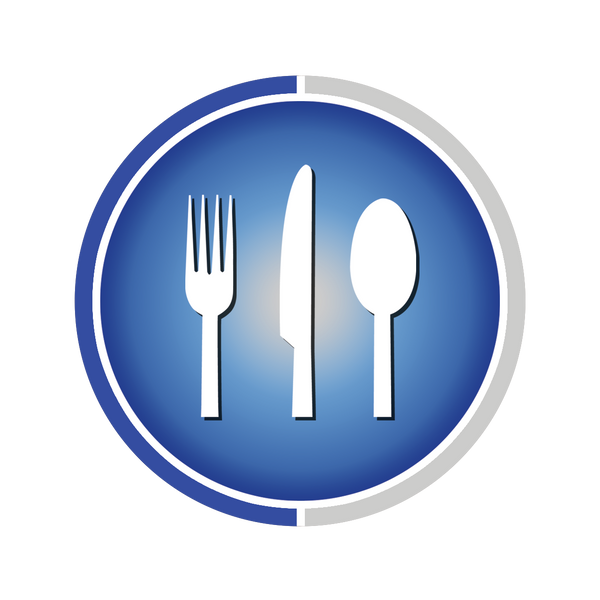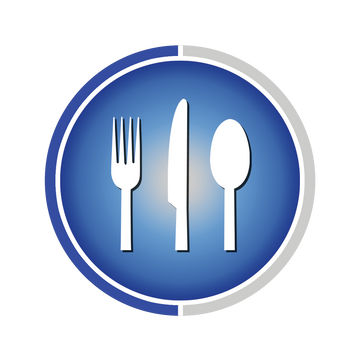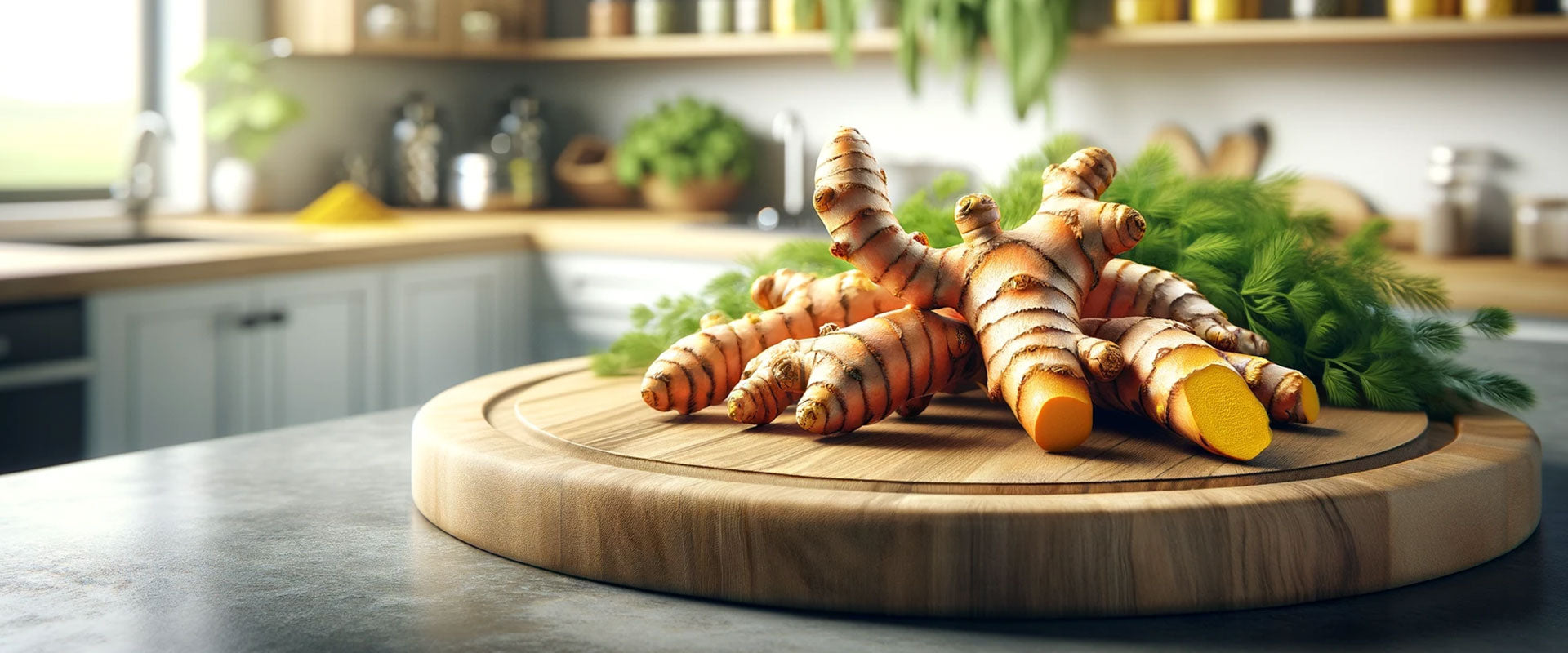Yellow Alert: Understanding Artificial Yellow Food Dyes and Their Side Effects
Artificial yellow food dyes, such as Tartrazine (Yellow 5) and Sunset Yellow FCF (Yellow 6), can be found in an array of foods and drinks, from candies and sodas to breakfast cereals and even pickles. But for a child's health, these vibrant hues might not paint a pretty picture.
Chemical Composition and Side Effects
Yellow No. 5 and Yellow No. 6, the two commonly used yellow dyes in the food industry, come with several aliases. Here's how you can recognize them:
- Yellow No. 5: This synthetic dye, also known as Tartrazine, is frequently referred to as FD&C Yellow No. 5 in the United States. In Europe and other parts of the world, it's often listed as E102.
- Yellow No. 6: Similar to Yellow No. 5, this dye is also known by different names. It's commonly referred to as Sunset Yellow FCF or FD&C Yellow No. 6. Outside the U.S., it's typically labeled as E110.
Potential Allergic Reactions to Yellow Dye
If you or a family member is allergic to yellow dye, it's essential to be aware of the potential reactions. Allergic reactions to food dyes like Yellow No. 5 and Yellow No. 6 are relatively rare but can be severe. They can trigger a range of symptoms, from mild to serious.
- Skin Reactions: Rashes, swelling, and itching are some of the most common skin reactions. In more severe cases, hives or angioedema (deep tissue swelling) may develop.
- Respiratory Issues: Individuals with asthma or other respiratory conditions may experience wheezing, coughing, and shortness of breath.
- Digestive Problems: Some people might face digestive troubles like nausea, vomiting, or diarrhea.
- Anaphylaxis: In extreme cases, consumption of yellow dye can lead to anaphylaxis, a severe and potentially life-threatening allergic reaction, which requires immediate medical attention.
General Health Concerns Linked to Artificial Yellow Dye
Consumption of artificial yellow dyes has been associated with a variety of health concerns:
Allergic Reactions: Some individuals may be sensitive to Yellow No. 5 and Yellow No. 6, resulting in allergic reactions that can manifest as skin rashes, itching, or hives.
Asthma: Certain studies suggest a possible link between synthetic food dyes and exacerbated asthma symptoms, though more research is needed in this area.
Behavioral Issues: Some research, albeit inconclusive, indicates a potential connection between artificial food dyes and increased hyperactivity in children.
The Vulnerability of Children to Yellow Dye
The relatively smaller body size of children combined with their higher consumption of food and drink per unit body weight means that children are often exposed to higher levels of food dyes than adults. This is especially concerning given that their bodies are still developing, making them more susceptible to potential harmful effects.
Behavioral Effects and Hyperactivity
Perhaps the most significant concern regarding children's consumption of artificial food dyes is the potential impact on behavior. A notable study conducted at the University of Southampton in 2007 found that a mix of certain artificial colorings, including Tartrazine and Sunset Yellow FCF, and the preservative sodium benzoate, could increase hyperactivity in children. This has fueled ongoing debate about the safety of artificial food dyes.
Allergic Reactions and Sensitivities
Artificial yellow food dyes can also cause allergic reactions in some individuals. Symptoms can range from mild, such as itching and hives, to severe, like difficulty breathing. Additionally, Tartrazine is known to cause asthma attacks in a small subset of asthmatic individuals and can trigger symptoms in people sensitive to aspirin.
Potential Link to Chronic Health Conditions
Long-term health effects of artificial food dyes are still under investigation. Some studies suggest a potential link between these substances and chronic conditions, including cancer and endocrine disruption, though these findings have not been conclusively established.
Creation of Artificial Yellow Dye
Tartrazine, or Yellow No. 5, was first synthesized in a laboratory setting in the late 19th century. It was initially developed in 1876 as a textile dye by Swiss chemist, Johann Heinrich Ziegler. However, its use expanded into the food industry as a cost-effective, vibrant, and stable coloring agent.
Sunset Yellow, or Yellow No. 6, also saw its inception in the late 19th century, first synthesized by the British company, B.A.S.F., as a coal-tar derivative. As with Tartrazine, Sunset Yellow found its way into the food industry due to its bright hue, stability, and lower cost compared to natural colorings.
Manufacturing Artificial Yellow Food Dye
Artificial yellow food dyes, specifically Yellow No. 5 (Tartrazine or E102) and Yellow No. 6 (Sunset Yellow or E110), are manufactured through chemical processes on an industrial scale. Both these dyes belong to a class of dyes known as azo dyes, characterized by a nitrogen-nitrogen double bond.
The manufacturing process starts with the base chemical compounds. For Tartrazine, it's a combination of sulfanilic acid, ethoxylated aniline, and sodium nitrite, while for Sunset Yellow, it's a combination of sulfanilic acid and naphtalene-1-sulfonic acid. The base compounds undergo a process known as diazotization and coupling to form the final dye compound.
Chemicals Involved in the Manufacture of Yellow Food Dye
Yellow synthetic dye production involves several chemicals, many of which are potentially harmful.
- Sulfanilic Acid: This is a common starting material for azo dyes, including Yellow No. 5 and Yellow No. 6.
- Ethoxylated Aniline: This compound, used in the synthesis of Yellow No. 5, has been associated with a range of health issues, including allergies and carcinogenic effects.
- Naphtalene-1-sulfonic Acid: This compound, a starting material for Yellow No. 6, is derived from naphthalene, a polycyclic aromatic hydrocarbon known for its potential carcinogenicity.
- Sodium Nitrite: This compound, used in the production of Yellow No. 5, is a common food preservative. It can be harmful in high concentrations and is linked to various health issues.
Environmental Impact of Artificial Dye Manufacturing
The manufacturing of artificial food dyes, like Yellow No. 5 and Yellow No. 6, has noteworthy environmental implications.
- Chemical Waste: The production process generates chemical waste, which, if not appropriately managed, can pollute water bodies, harm aquatic life, and potentially enter the human food chain.
- Energy Consumption: The manufacturing process is energy-intensive, contributing to greenhouse gas emissions and the global climate crisis.
- Non-renewable Resource Use: The dyes are derived from petroleum, a non-renewable resource. Over-reliance on these resources further depletes Earth's limited reserves.
Introduction of Artificial Yellow Dye into American Foods
Artificial food coloring, including yellow dyes, found their way into the American food landscape in the late 19th and early 20th centuries. At the time, there was a significant surge in industrial food production, and artificial colors were an affordable means to make processed food more visually appealing.
However, the lack of regulation led to rampant misuse and adulteration, with some manufacturers even using harmful dyes in food. This era, often referred to as 'The Poison Squad' era, culminated in the passage of the Pure Food and Drug Act in 1906, which aimed to protect the public from harmful additives and mandated labeling of certain harmful ingredients.
However, it wasn't until the Federal Food, Drug, and Cosmetic Act of 1938 that artificial food dyes were subjected to pre-market testing for safety. Under this law, seven dyes, including Tartrazine and Sunset Yellow, were initially certified as safe for consumption.
In the late 1950s and early 1960s, concerns about the safety of artificial dyes began to grow, leading to additional regulations and the delisting of some dyes. Today, the FDA continues to monitor and regulate the use of food dyes, including Yellow No. 5 and Yellow No. 6, to ensure their safety for consumers.
How Other Countries Regulate Artificial Yellow Dye
- European Union - The EU maintains stringent standards for food additives, including artificial dyes. Unlike the United States, the EU requires foods containing certain dyes, such as Yellow No. 5 and Yellow No. 6, to carry warning labels. These labels state that these colorings may cause adverse effects on activity and attention in children. This mandate was enacted after the 'Southampton Study,' published in 2007, indicated a potential link between specific food dyes and increased hyperactivity in children.
- United Kingdom - Following the results of the Southampton Study, some food retailers in the UK voluntarily removed artificial dyes, including Yellow No. 5 and Yellow No. 6, from their products. Though not banned outright, there is a strong consumer push towards products free from these synthetic colorings, encouraged by consumer awareness campaigns.
- Australia and New Zealand - follow strict regulations under Food Standards Australia New Zealand (FSANZ). Although not banned, foods containing Yellow No. 5 and Yellow No. 6 must adhere to specific maximum levels. Furthermore, these colorings must be explicitly declared on the product label, enabling consumers to make informed choices.
- Asia - Asian countries have diverse regulations. Japan, for example, has approved Yellow No. 5 for use in foods but not Yellow No. 6. In contrast, both dyes are permitted in India and China but are subject to specified safety limits.
In conclusion, the regulation of artificial yellow dyes varies widely around the globe, reflecting differing attitudes and responses to scientific research. These differences underscore the complexity of food safety regulation and the importance of continued research and monitoring to protect consumer health.
Surprise Sources of Artificial Yellow Dye
While it's well-known that synthetic yellow dyes are used in candies and sodas, they also make appearances in less obvious food items:
- Pickles: Pickles, particularly dill pickles, often contain Yellow No. 5 to enhance their color.
- Bread and Baked Goods: Some brands use Yellow No. 5 and Yellow No. 6 to give their products a warm, appealing hue.
- Salad Dressings: Many commercial salad dressings include Yellow No. 5 to make them visually appealing.
- Cereals: Even some cereals, including those marketed to children, contain artificial yellow dyes.
- Condiments: Mustard, mayonnaise, and ketchup often contain Yellow No. 5 or Yellow No. 6.
Top 10 Popular Foods with Artificial Yellow Dye
Here are the top ten popular foods that typically include artificial yellow dye:
- Boxed Macaroni and Cheese: The iconic yellow-orange color often comes from Yellow No. 5 and Yellow No. 6.
- Sports Drinks: Many sports and energy drinks use Yellow No. 5 and Yellow No. 6 to achieve their bright colors.
- Candies: From gummy bears to lollipops, many candies owe their vibrant hues to artificial yellow dye.
- Canned Fruits: Certain brands of canned fruits use Yellow No. 5 to enhance color.
- Jellies and Jams: Synthetic yellow dyes may be used to make these spreads more visually appealing.
- Ice Cream and Frozen Treats: Some ice creams, popsicles, and sherbets contain Yellow No. 5 and Yellow No. 6.
- Cake Mixes and Frostings: These baking aids often use artificial dyes, including yellow ones, to achieve their attractive colors.
- Potato Chips: Some flavored potato chips contain Yellow No. 5 and Yellow No. 6.
- Instant Noodles: Many instant noodle brands use Yellow No. 5 in their seasoning packets.
- Packaged Snacks: From popcorn to cheese puffs, packaged snacks often contain artificial yellow dyes.
Natural Alternatives for Artificial Yellow Dye
Natural provides many food ingredients that provide a beautiful yellow color without using synthetic chemicals like Yellow 5 or Yellow 6. Roots provide the best source for yellow naturally, look toward turmeric, carrots, and yellow beets. If you have the resources, saffron as a source for yellow can't be beet (a pun!) for making all natural yellow food coloring and dye.
Read More: How to Make All-Natural Yellow Food Coloring and Dye




